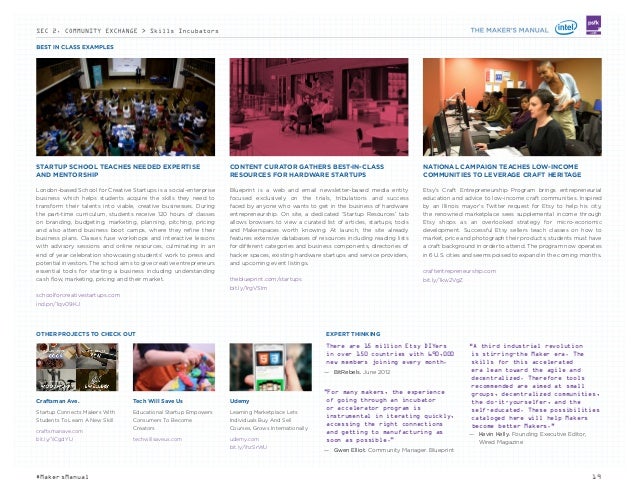Manual For Creative Model Makers Table Saw
Tabtight professional, free when you need it, VPN service. Dec 03, 2013 David Clark 1: 11:10:05: 3357 forum posts 112 photos 10 articles: Hi There. I need a decent photograph of a Wolf Cub drill. Only US$149.90, buy best Raitool™ DC 12-24V T6 Mini Precision Table Saw DIY Wood Working Lathe Polisher Drilling Machine sale online store at wholesale price.US/EU warehouse. 9) Compact size easy to carry, perfect for DIY model makers. Notice:What's the differences between T4 T5 & T6? T4: the earliest version.


Mechanical desktop typewriters, such as this, were long-time standards of government agencies, newsrooms, and offices A typewriter is a or machine for writing characters similar to those produced by printer's. A typewriter operates by means of that strike a ribbon to transmit ink or carbon impressions onto paper.
Typically, a single character is printed on each key press. The machine prints characters by making ink impressions of type elements similar to the used in.
At the end of the nineteenth century, the term typewriter was also applied to a person who used a machine. Peter Mitterhofer's typewriter prototype (1864) Although many modern typewriters have one of several similar designs, their invention was incremental, developed by numerous inventors working independently or in competition with each other over a series of decades. As with the,, and, a number of people contributed insights and inventions that eventually resulted in ever more commercially successful instruments.
Historians have estimated that some form of typewriter was invented 52 times as thinkers tried to come up with a workable design. Early innovations [ ] Some of the early typing instruments: • In 1575 an printmaker, Francesco Rampazetto, invented the scrittura tattile, a machine to impress letters in papers. [ ] • In 1714, obtained a patent in Britain for a machine that, from the patent, appears to have been similar to a typewriter. The patent shows that this machine was actually created: '[he] hath by his great study and paines & expence invented and brought to perfection an artificial machine or method for impressing or transcribing of letters, one after another, as in writing, whereby all writing whatsoever may be engrossed in paper or parchment so neat and exact as not to be distinguished from print; that the said machine or method may be of great use in settlements and public records, the impression being deeper and more lasting than any other writing, and not to be erased or counterfeited without manifest discovery.' • In 1802 Italian Agostino Fantoni developed a particular typewriter to enable his sister to write.
• In 1808 Italian invented a typewriter. Simple Php Admin Panel Template Free Download there. He also invented to provide the ink for his machine.
[ ] • In 1823 Italian Pietro Conti di Cilavegna invented a new model of typewriter, the tachigrafo, also known as tachitipo. Was the first typewriter manufactured commercially (1870) In 1865, Rev. Developing Drivers Windows Driver Foundation Pdf Editor. Of invented the, which went into commercial production in 1870 and was the first commercially sold typewriter. Crack Avs Video Converter Free Download. It was a success in Europe and was reported as being used in offices in London as late as 1909. Malling-Hansen used a escapement to return the carriage on some of his models which makes him a candidate for the title of inventor of the first 'electric' typewriter.
According to the book Hvem er skrivekuglens opfinder? (English: Who is the inventor of the Writing Ball?), written by Malling-Hansen's daughter, Johanne Agerskov, in 1865, Malling-Hansen made a porcelain model of the keyboard of his writing ball and experimented with different placements of the letters to achieve the fastest writing speed. Malling-Hansen placed the letters on short pistons that went directly through the ball and down to the paper. This, together with the placement of the letters so that the fastest writing fingers struck the most frequently used letters, made the Hansen Writing Ball the first typewriter to produce text substantially faster than a person could write by hand. The Hansen Writing Ball was produced with only upper-case characters.
The Writing Ball was used as a template for inventor to create a derivative that would produce letter prints cheaper and faster. Malling-Hansen developed his typewriter further through the 1870s and 1880s and made many improvements, but the writing head remained the same. On the first model of the writing ball from 1870, the paper was attached to a cylinder inside a wooden box. In 1874, the cylinder was replaced by a carriage, moving beneath the writing head.
Then, in 1875, the well-known 'tall model' was patented, which was the first of the writing balls that worked without electricity. Malling-Hansen attended the world exhibitions in in 1873 and Paris in 1878 and he received the first-prize for his invention at both exhibitions. Sholes and Glidden typewriter [ ]. Prototype of the Sholes and Glidden typewriter, the first commercially successful typewriter, and the first with a QWERTY keyboard (1873) The first typewriter to be commercially successful was invented in 1868 by Americans,, and in, although Sholes soon disowned the machine and refused to use, or even to recommend it.
Comments are closed.